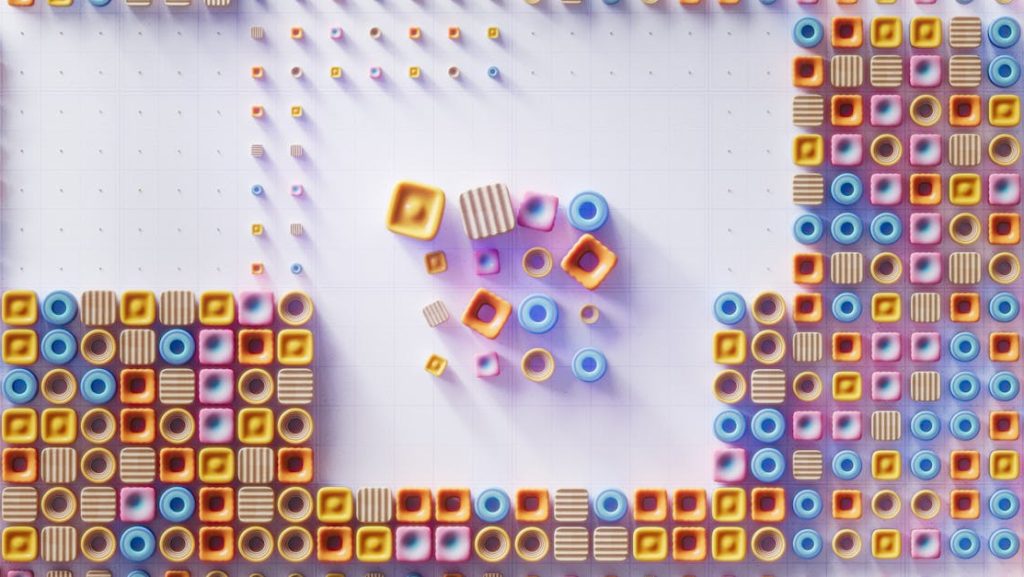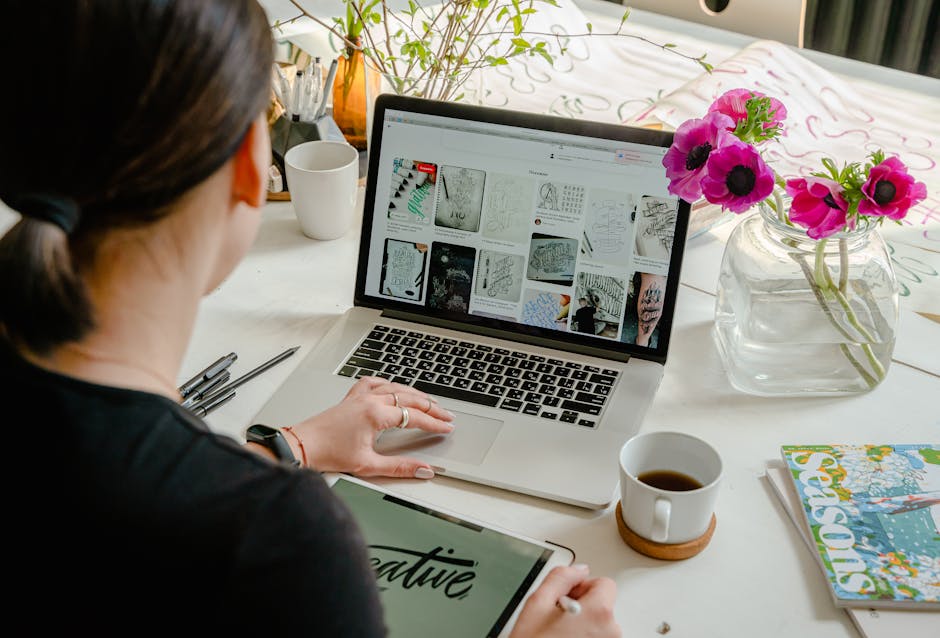
Optimizing banner ads is more than a technical necessity—it’s a strategic advantage for agencies, designers, and marketing teams seeking faster load times, brand consistency, and maximum reach across platforms. Having helped countless teams streamline their ad design workflows, we understand the pain of wrestling with file size, network specs, and hours lost to manual resizing. With the right methods and tools, it’s possible to compress, convert, and optimize banners quickly, saving significant time and delivering client-ready results with confidence.
Why Optimizing Banner File Size and Format Matters
- Fast-Loading Banners = Higher Viewability: Slow banners kill engagement and can lower your campaign’s ROI. Advertisers know that seconds matter when capturing user attention.
- Network Compliance: Ad networks like Google and Facebook enforce strict file size and format limits. Oversized banners mean disapprovals—and missed opportunities.
- Consistent Branding Across Platforms: Scaling your creative to many sizes and formats manually almost always results in off-brand ads and inconsistent messaging. Automation solves this challenge.
Step 1: Design Once, Export Many—The Power of Responsive Ad Design
Instead of painstakingly recreating each banner size or format by hand, we recommend starting with a single master design. Platforms like SizeIM’s ad design tool let you apply responsive frameworks, so you can generate all the dimensions required for major display networks with just a few clicks. The result? Your creative stays consistent, and your design team gets precious hours back.
- Start with a core template that reflects your campaign’s branding and artwork.
- Automate size generation for the most common specifications, including:
- 300×250 (Inline Rectangle)
- 728×90 (Leaderboard)
- 160×600 (Wide Skyscraper)
- 336×280 (Large Rectangle)
- 320×50 (Mobile Leaderboard)
- Maintain consistency by centralizing your brand assets—logos, color palettes, and fonts—in a Brand Kit. Our users often note that this alone speeds up multi-brand campaign delivery significantly.
- Avoid manual fine-tuning wherever possible to eliminate human error and save time. Automation ensures pixel-perfect alignment with every export.

Step 2: Compress Banner Files Without Losing Visual Impact
File size is critical. We recommend aiming for static banners under 60 KB and HTML5 banners below 120 KB, well beneath most network restrictions. Here’s how we approach compression strategically:
- Image Compression: All images (JPG, PNG) should be optimized before export using trusted tools. Reduce excess detail without introducing visible artifacts or blurring. Animated sprite sheets for HTML5 banners can be compressed while maintaining smooth motion.
- Minify and Clean Code: If you’re exporting HTML5 banners, always minify your JavaScript, CSS, and HTML. Remove unused assets, comments, and whitespace. Lean code directly translates to smaller ZIP uploads and better delivery.
- Simplify Animations: Overly-complex transitions, effects, or masks bloat file size dramatically. Simple fade, slide, or scale animations stay lightweight and visually appealing.
- Audit Content: Every graphic asset, font, and layer adds weight. Remove anything non-essential before exporting your final files.
Compression is not a one-size-fits-all operation. Preview your banners after each round of compression to ensure you maintain the right balance between file size and on-brand quality. For deep tips, check our detailed guide on reducing banner file size without killing quality.
Step 3: Convert to the Right Format for Every Platform
Banners rarely exist in just one format. Ad networks demand specific file types and dimensions. Getting conversion right is the difference between campaign approval and delay. Here’s how we approach the process:
- Know Platform Requirements:
- Google Ads: Accepts JPG, PNG, GIF, and HTML5 ZIP files—each under 150 KB. Confirm specs regularly, as requirements can change.
- Social Channels (Facebook, Instagram, LinkedIn): Prefer static images (JPG, PNG) and short MP4 videos for animated banners. File size limits vary, but smaller is always better for speed.
- Programmatic/RTB Networks: Usually require HTML5 bundles, compressed and zipped for upload.
- Use Bulk Export Features: Platforms that automate multi-format export save hours of tedious conversion work, slashing human error.

Step 4: Ensure Quality and Brand Consistency at Scale
It’s not enough to have small files—they must also communicate your brand message powerfully and legibly on any device. This is where a streamlined, collaborative workflow pays off:
- Centralize Assets: Store your logos, imagery, fonts, and color themes in a central location (like Brand Kit Management) so every variation remains on-brand.
- Automate Updates and Approvals: If creative or compliance tweaks are required, choose software that applies changes simultaneously across all sizes and formats. Avoid the trap of reworking each file individually.
- Test Load Speed and Rendering: Preview banners on actual devices and measure load performance. Banner ads that render fast across every screen get more impressions—and more clicks.
- Consistency Drives ROI: Agencies and enterprises that enforce strict creative uniformity see stronger results in both performance and client satisfaction. Managing this at high-volume, especially with multiple brands, requires the right tooling and process design. If you’re curious about the deeper business impact, see our analysis on the business impact of brand consistency.
Our Workflow: Optimizing Banners in Minutes, Not Hours
Let’s summarize the modern approach we use in-house and recommend for agencies and enterprise teams:
- Design a master ad using a responsive platform like SizeIM’s editor.
- Auto-generate required banner sizes. No manual resizing or artwork adjustments needed.
- Compress all export files using vetted tools. Static images are optimized for clarity and load speed, HTML5 ZIPs are minified.
- Centralize and lock your brand kit, ensuring instant updates replicate everywhere.
- Upload in bulk to every network. Verify compliance before launch, avoiding last-minute emergencies.
We consistently see workflow times drop from hours to minutes—especially when running multi-language or multi-brand campaigns.

Tips from Experience: What To Watch Out For
- Keep Up with Ad Network Specs: Platforms change requirements often—check and double-check before each campaign.
- Avoid Bloating with Unused Assets: Regularly audit your design files for stray elements, unused animations, or old brand assets.
- Manage Creative Review Efficiently: Get feedback early by sharing previews across all formats. Automate as much as possible for speedy approval—learn more from our guide on digital agency creative review best practices.
- Document Your Workflow: If you have multiple designers or external partners, make step-by-step processes easy to follow, so nothing is lost or missed along the way.
Conclusion: Streamlined Banner Optimization for Results-Driven Teams
Compressing, converting, and optimizing banner ads shouldn’t be a battle. By starting with a master design, leveraging automation for export and resizing, applying smart compression, and focusing on quality, it’s possible to ship campaigns that get approved fast, look sharp everywhere, and load in a flash. For agencies and brands that manage multiple campaigns each month, these best practices quickly become a competitive advantage.
If you’re looking to transform your ad production from manual drudgery to high-impact, consistent delivery, we invite you to take a look at how SizeIM is built to make this possible—no matter how many banners, brands, or networks you support.
(function(){if(window.blogViewTracked)return;window.blogViewTracked=true;var blogId=10444;var xhr=new XMLHttpRequest();xhr.open(‘POST’,’https://sizeim.frizerly.com/api/trackBlogView’,true);xhr.setRequestHeader(‘Content-Type’,’application/json’);xhr.send(JSON.stringify({blogId:blogId}));})();
